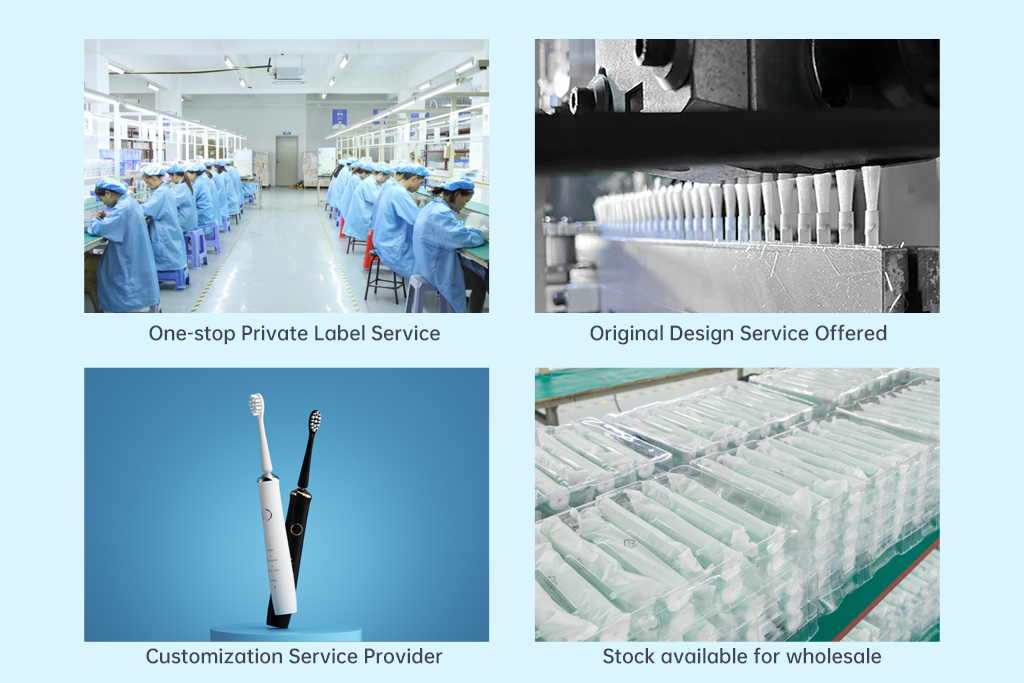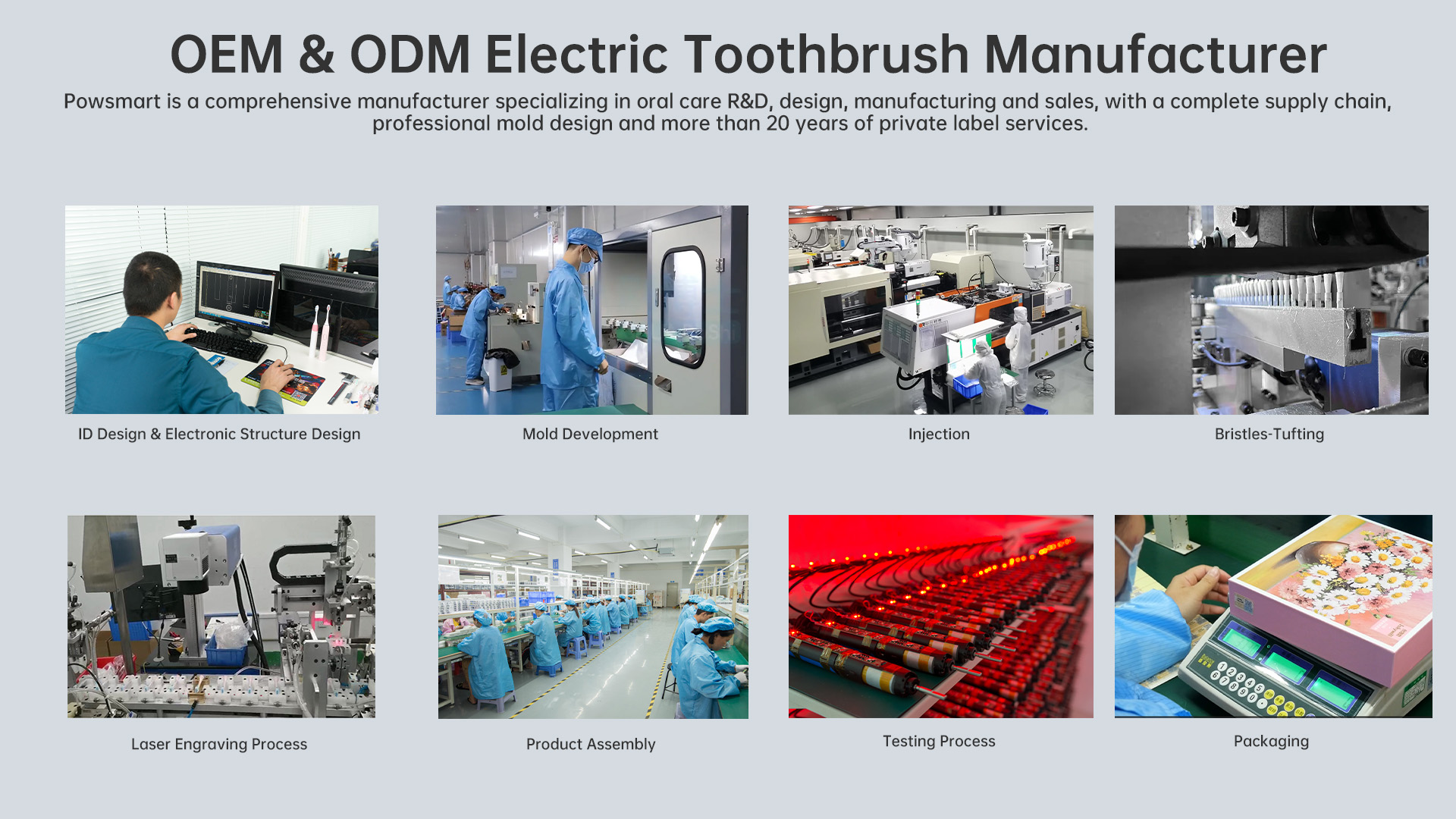In today’s smart personal care devices, features like the travel lock are designed to enhance user safety and convenience. However, recent engineering reports and field failures have exposed a surprising vulnerability: travel lock failure may inadvertently trigger a power surge, leading to electronic malfunctions, battery degradation, or even fire hazards. For B2B manufacturers, this risk demands urgent attention—not only to uphold product reliability but also to maintain compliance and market trust.
The travel lock is a safety function built into electric toothbrushes and grooming devices to prevent accidental activation during transport. It’s typically engaged by holding a button for a few seconds, disabling the power function until manually released.
However, when poorly implemented or damaged during manufacturing or transit, this lock can fail—causing the device to activate unexpectedly while packed in a confined space, such as luggage.
Unexpected activation of a device inside a sealed environment causes the motor to run without ventilation or resistance, potentially leading to:
This excessive, irregular power consumption can result in a power surge, particularly during charging cycles or when smart chips attempt to auto-correct.
B2B stakeholders should be aware of several field situations where travel lock failure combined with power surge events have resulted in:
These cases underline why both hardware and software safeguards must be redundantly engineered.Company web:https://www.powsmart.com/product/electric-toothbrush/
Common technical faults leading to travel lock failure include:
Especially in devices relying on capacitive sensors, environmental pressure during travel may mimic unlock gestures, nullifying the lock altogether.
To address both travel lock and power surge risks at the root, manufacturers should:
All of these approaches contribute to higher product reliability and safer international transport.
For enterprise buyers and distributors, this issue touches on more than engineering. Devices that suffer from lock or surge failures can:
That’s why proactive risk mitigation during product development—and clear communication in training materials—is essential.
The connection between travel lock failure and power surge is often underestimated until damage is done. For B2B manufacturers and suppliers, addressing this silent hazard through smarter design and robust testing is both a safety imperative and a competitive advantage. In a market where every safety detail matters, refining even the smallest mechanisms can deliver long-term loyalty and lower operational risks.
-1-scaled.png)
.jpg)
.jpg)
Developing an Electric Toothbrush Sourcing Strategy?

Gingival Abrasion with Saliva Depletion – A Silent Crisis in Oral Care Design?

Analyzing Oral-B Style Handle Technology: A Cost-Benefit Guide for OEM Brands
.jpg)
Does POWSMART Kids Electric Toothbrush Contain Material Toxicity?

Can a Folding Toothbrush Design Make This Travel Electric Toothbrush Fit in a Wallet?

Technique Affecting Periodontal Pocket – How Deep Is the Impact?

Electric Toothbrush Head Customization Solution and Range
.jpg)
Gum Care Electric Toothbrush Manufacturing – Clinically Proven Oral Care
Hollow Motors Cause Compatibility Issues? Industry Secrets Exposed!

Are Electric Toothbrush Heads Universal?

OEM Customization Solution for Water Flossers: Engineering Parameters Such as Water Tank Capacity, Nozzle Type, and Pressure Setting
.jpg)
Can Cartoons Improve Brushing Habits?
.jpg)
Key Points for Customized Water Flosser Nozzle: Food-Grade Silicone vs. PP Material and Antibacterial Structure Design

Can Travel Electric Toothbrush’s Waterproof Failure Cause Circuit Corrosion?
Quiet Electric Toothbrush for Night Use – OEM Supply for Hotels & Wellness Brands
Why Does Waterproof Failure Cause Pressure Fluctuation in Water Flossers?

electric toothbrush heads Ultra Soft

Private Label Whitening Gel

electric toothbrush heads Regular Clean

electric toothbrush heads Deep Clean

electric toothbrush heads Charcoal Infuse-Round
.jpg)
Florida Electric Toothbrush – Powsmart PTR-C8

Electric toothbrush heads Charcoal Infused-Diamond

Customization Teeth Whitening Gel
whstapp
whstapp
National Toll-Free Service Hotline
+86 755 86238638